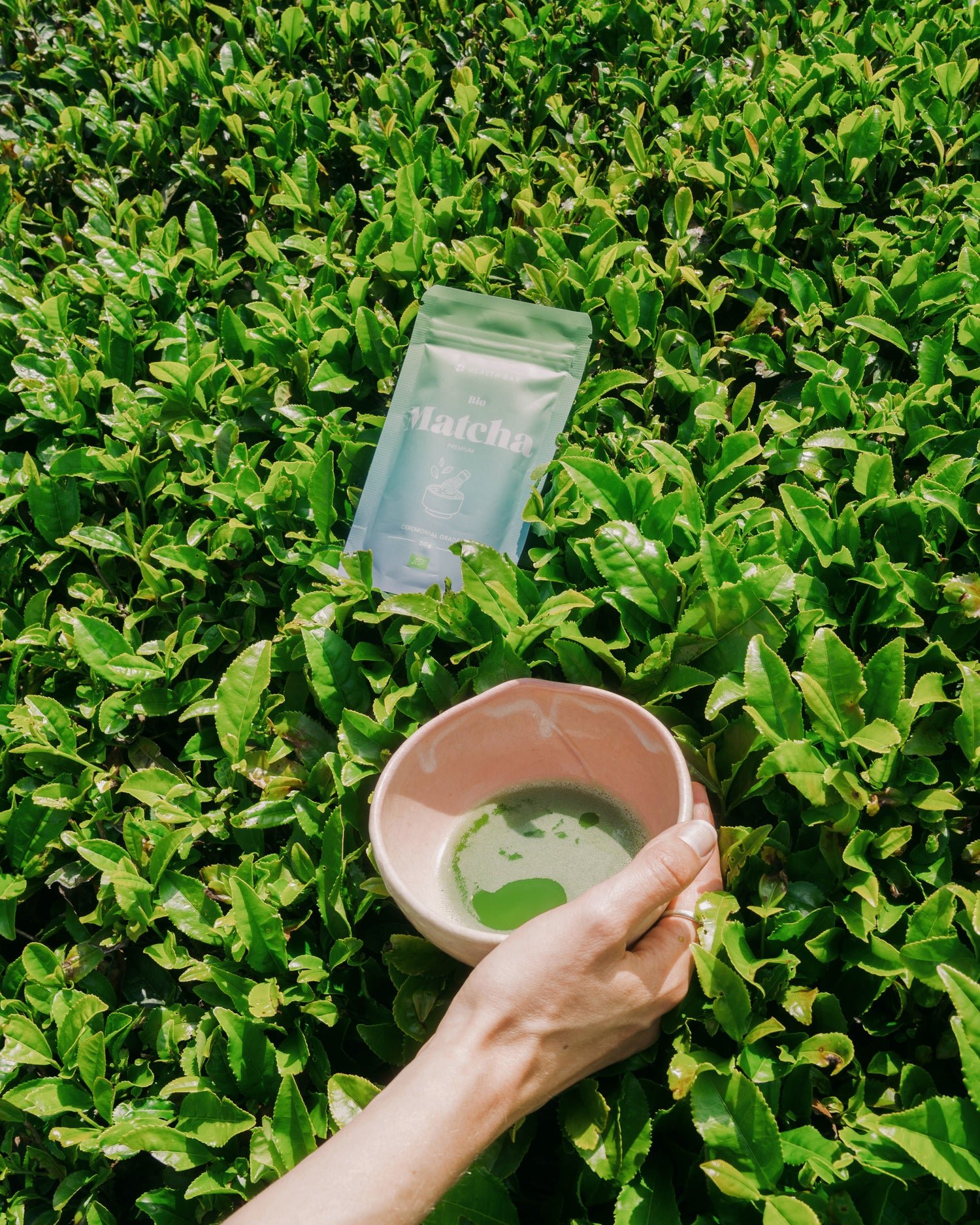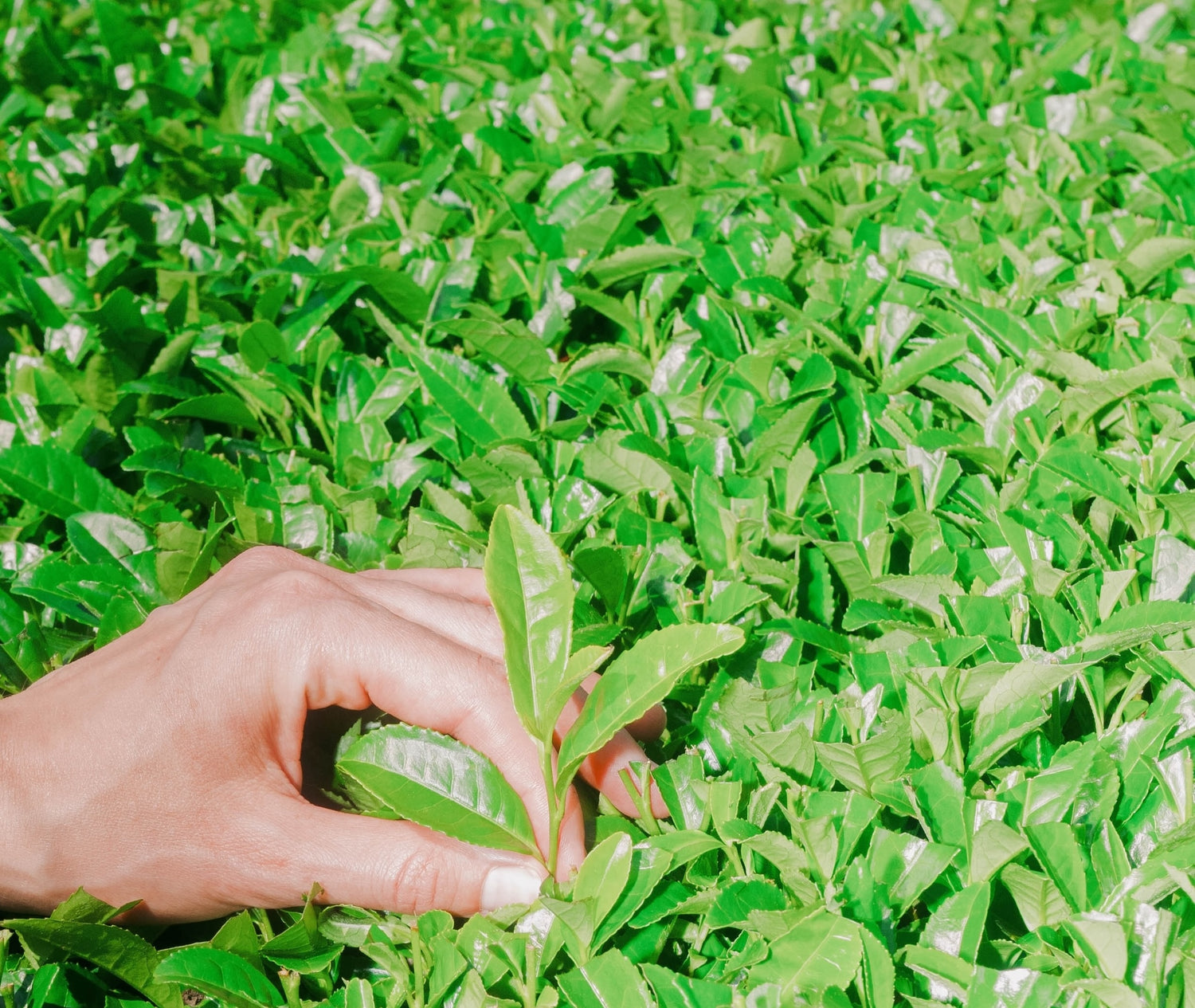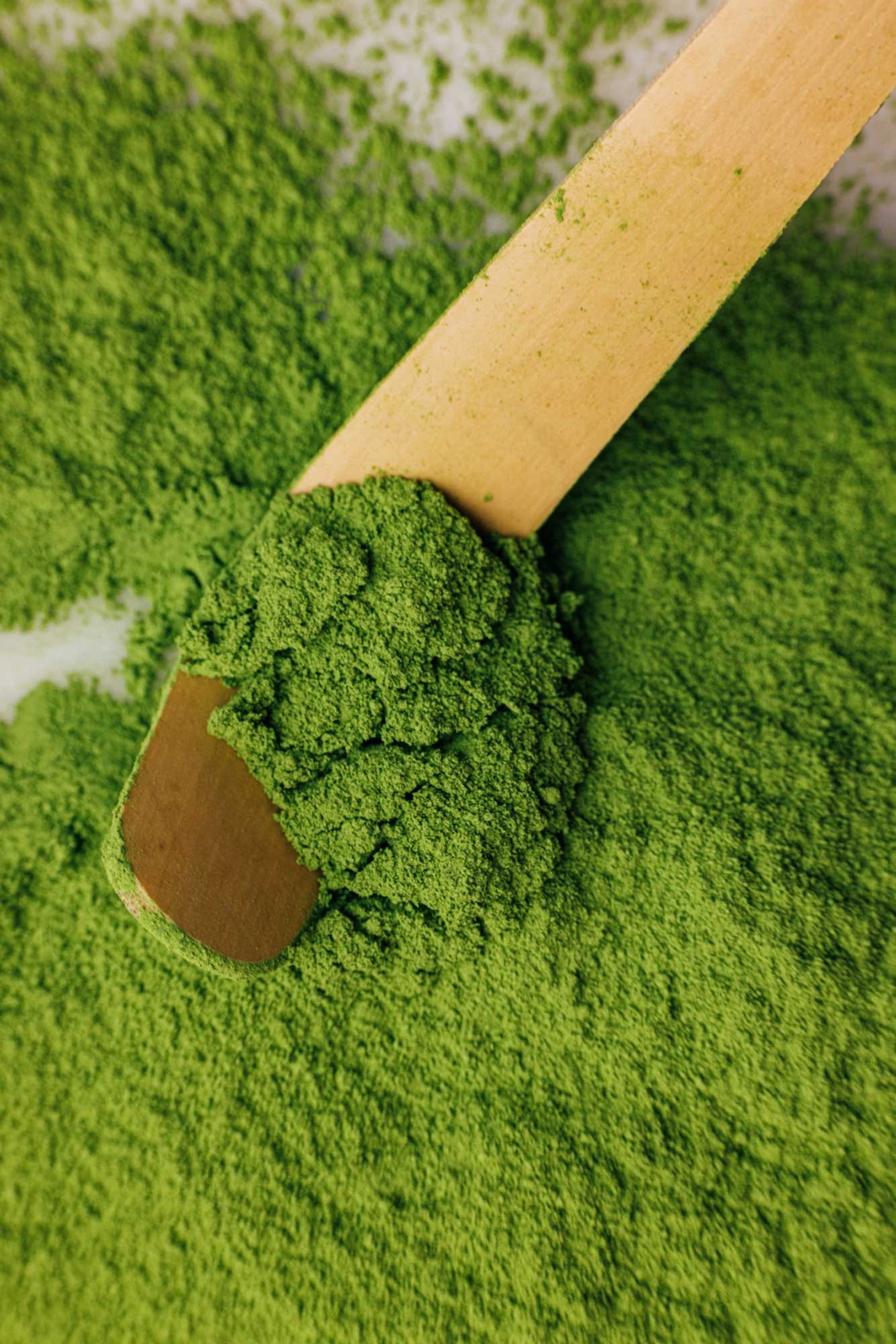
The traditional milling process
Von Tencha zu Matcha
Matcha is a high-quality, powdered green tea with a long tradition in Japanese tea culture. One of the key factors in matcha's quality is the way the tea leaves are ground into a fine powder.
This is where the granite stone mill comes in, a traditional tool still used in modern matcha production. In this article, we take a detailed look at how matcha is ground using granite stone mills and why this method is so important.
The importance of granite stone mills
Granite stone mills have been an integral part of matcha production for centuries. These mills consist of two round stones: an upper one that rotates and a lower one that is fixed. The tea leaves are placed in the center of the upper stone and slowly ground into a fine powder by the rotation and weight of the stones.
Advantages of granite stone mills:
-
Preservation of nutrients
The slow grinding speed (1 grinder needs 1 hour for only 30g of matcha powder)and the low temperature generated when using granite stone mills ensures gentle processing of the leaves.
-
Fine texture
Granite stone mills produce an extremely fine powder that ensures a smooth texture and a rich, full flavor.
-
Tradition and quality
The use of granite stone mills is a traditional process that ensures the quality and authenticity of the matcha.
The grinding process
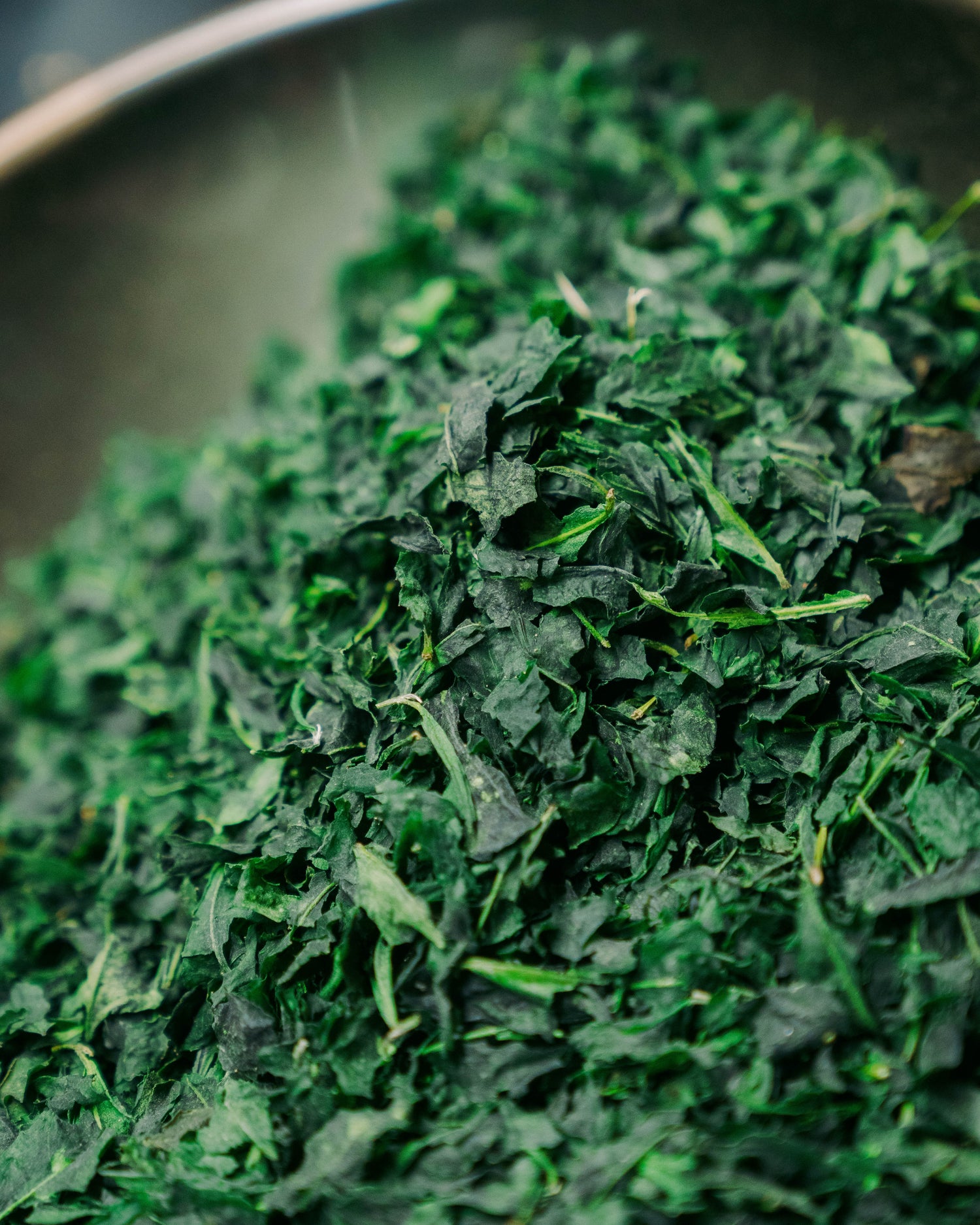
Step 1: Selection of tea leaves
The process begins with the selection of the tea leaves. Only the highest-quality tencha leaves, grown specifically for matcha production, are used. These leaves are steamed, dried, and stripped of stems and veins to produce pure leaf material.
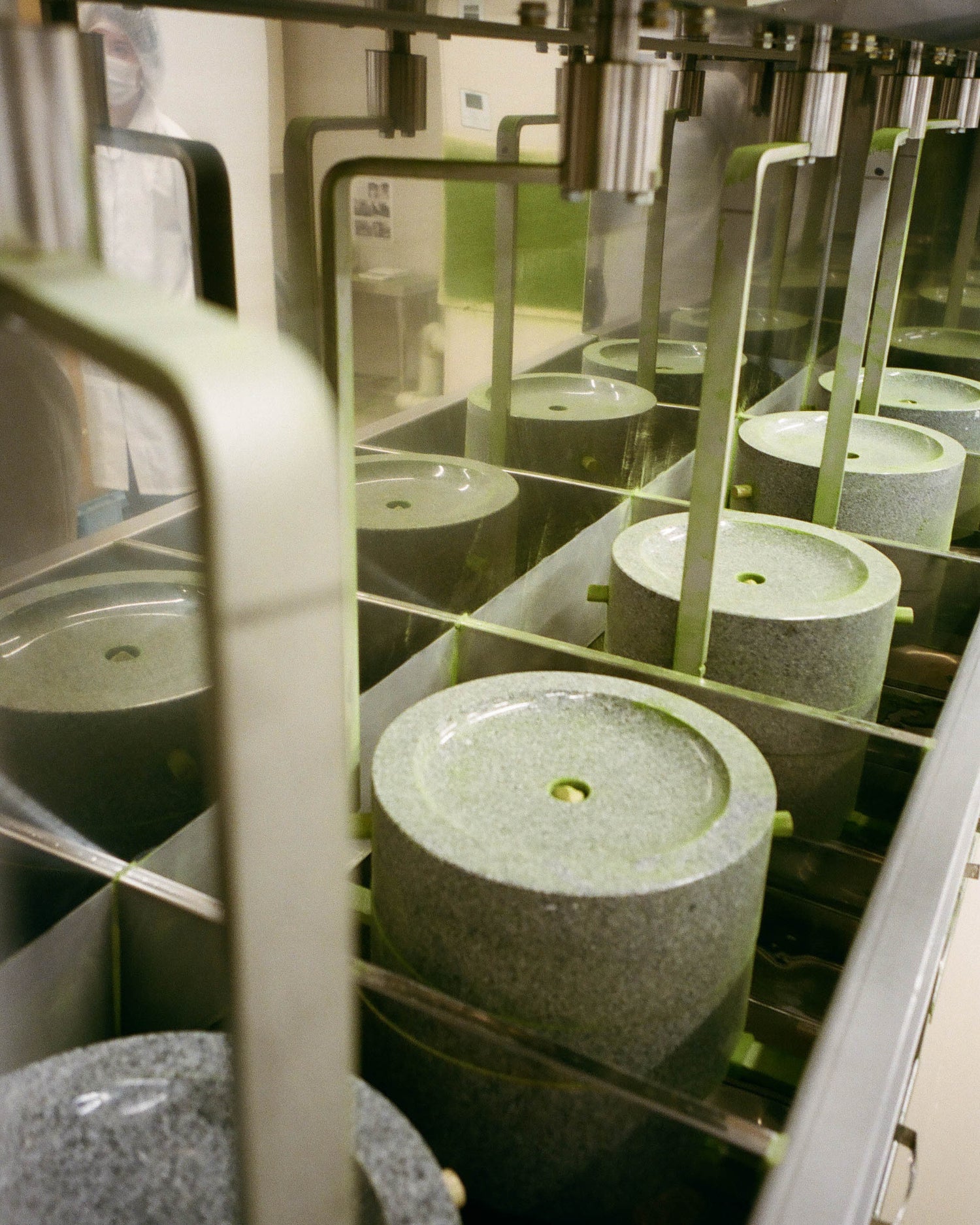
Step 2: Preparing the mill
Before grinding begins, the granite stone mill is carefully prepared. The stones must be cleanly and evenly ground to ensure consistent grinding. The mill is then adjusted so that the stones are spaced at an optimal distance from each other.
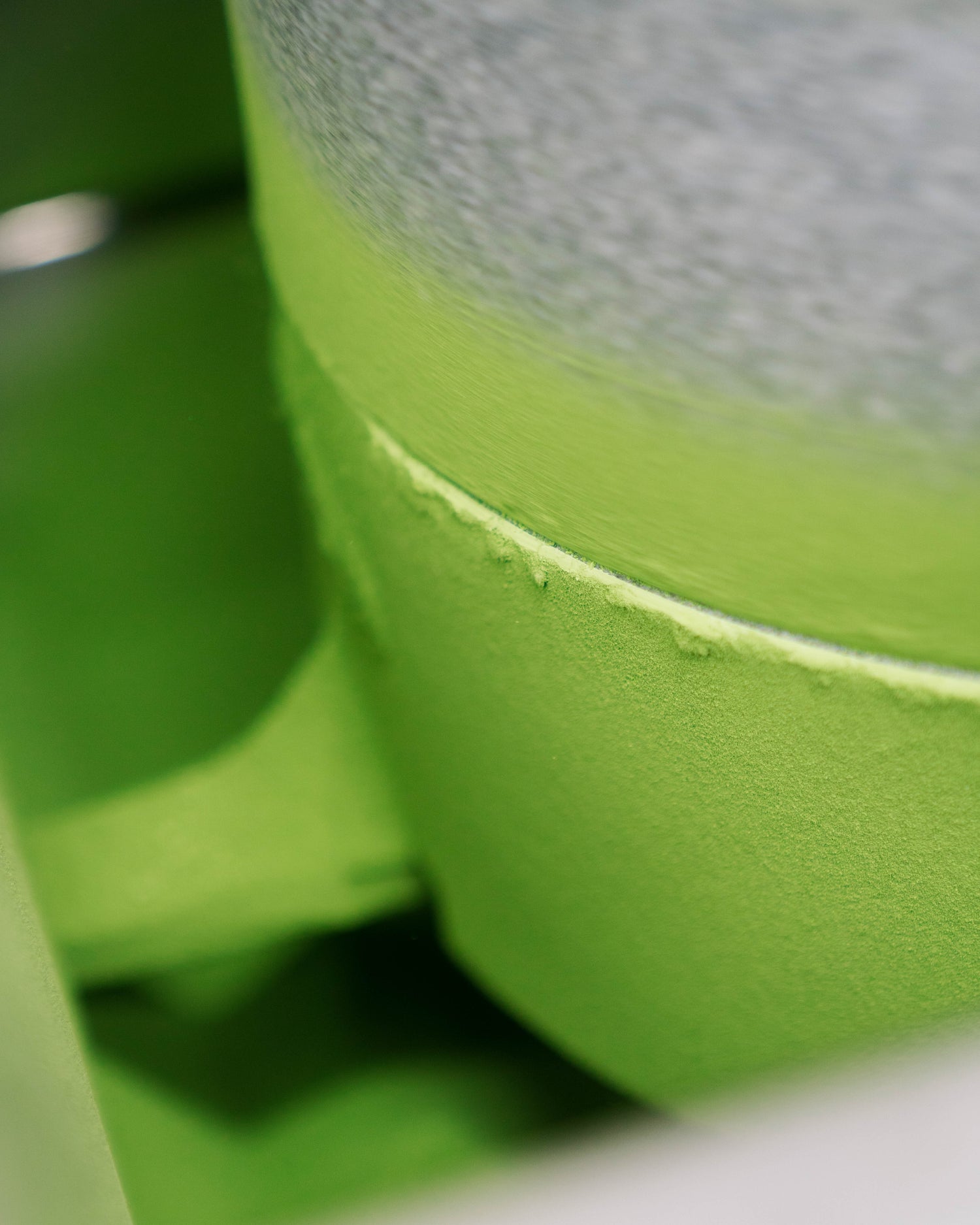
Step 3: Grinding the tea leaves
The tencha leaves are slowly and evenly placed in the center of the upper stone. The rotation of the upper stone crushes the leaves between the two stones. The grinding process can take several hours to produce a fine, top-quality powder. Typically, a stone mill requires one hour to produce 30g of matcha.
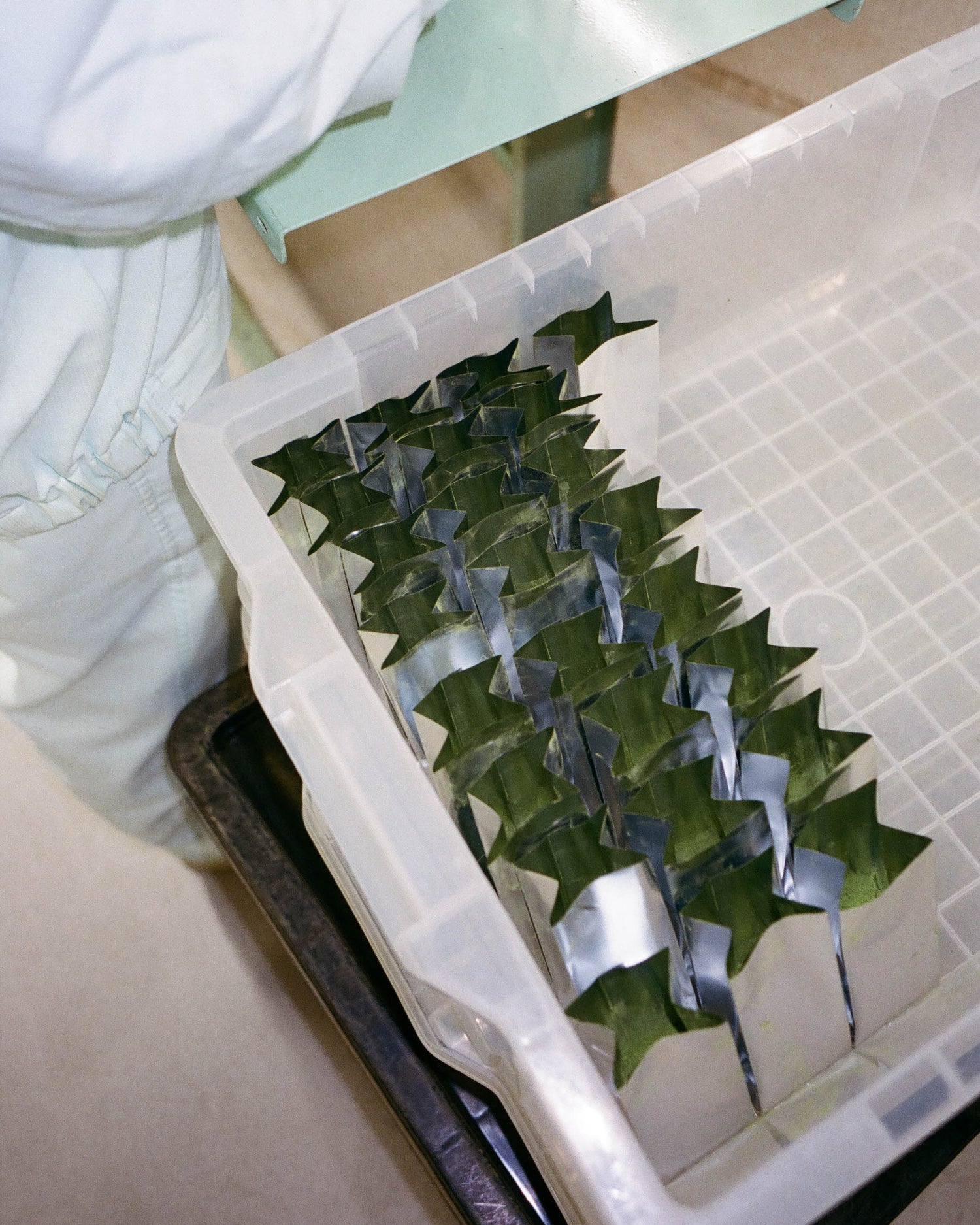
Step 4: Quality control
After grinding, the matcha powder is checked for consistency and fineness. Only powder that meets the high quality standards is packaged and sold.
Why granite stone mills are still the best choice
Although there are modern machines that can grind matcha faster and more efficiently, many traditional producers prefer granite stone mills. The reason for this lies in the quality of the final product. Granite stone mills produce a matcha powder that is not only superior in flavor but also particularly nutrient-rich due to the processing of the whole leaf.
The art of grinding matcha with granite stone mills is a laborious and time-consuming process, but it's worth the effort. This method ensures that the tea's valuable properties are preserved and a product of the highest quality is created. The next time you enjoy a bowl of matcha, remember that this exquisite powder is the result of a centuries-old tradition and meticulous craftsmanship.

